Apis mellifera workers display two stages; short lived summer bees that engage in nursing, hive maintenance and foraging, and long lived winter bees (diutinus bees) which remain within the hive and are essential for thermoregulation and rearing the next generation of bees in spring before dying. Label free quantitative proteomic analysis was conducted on A. mellifera workers sampled in June and December to compare the proteomes of summer and winter bees.
Proteomic analysis was performed on head, abdominal and venom sac samples and revealed an elevated level of protein abundance in summer bees. Head and abdominal samples displayed an increased abundance in cuticular proteins in summer samples whereas an increase in xenobiotic proteins was observed in winter samples. Several carbohydrate metabolism pathways which have been linked to energy production and longevity in insects were increased in abundance in winter samples in comparison to summer samples. Proteomic analysis of the venom sacs of summer samples showed an increased abundance of bee venom associated proteins in comparison to winter workers. These data provides an insight into the adaptions of A. mellifera workers in summer and winter and may aid in future treatment and disease studies on honeybee colonies.
2412 Members
127 Countries!
127 Countries!










